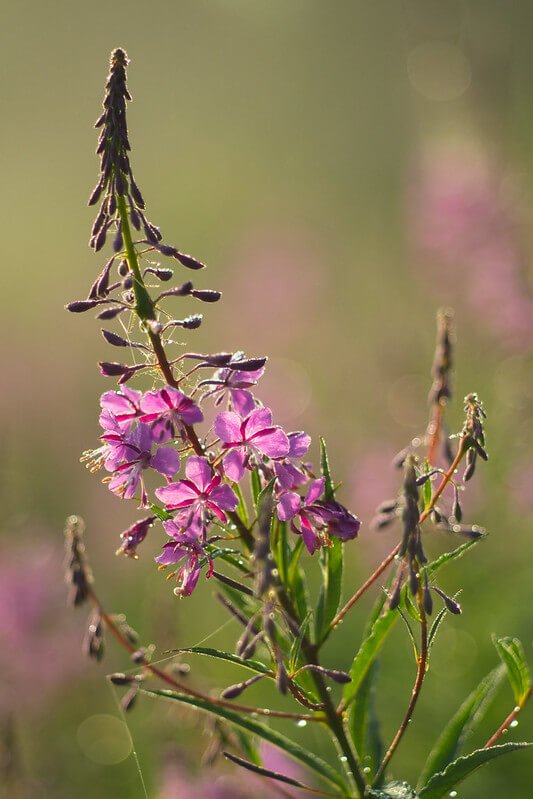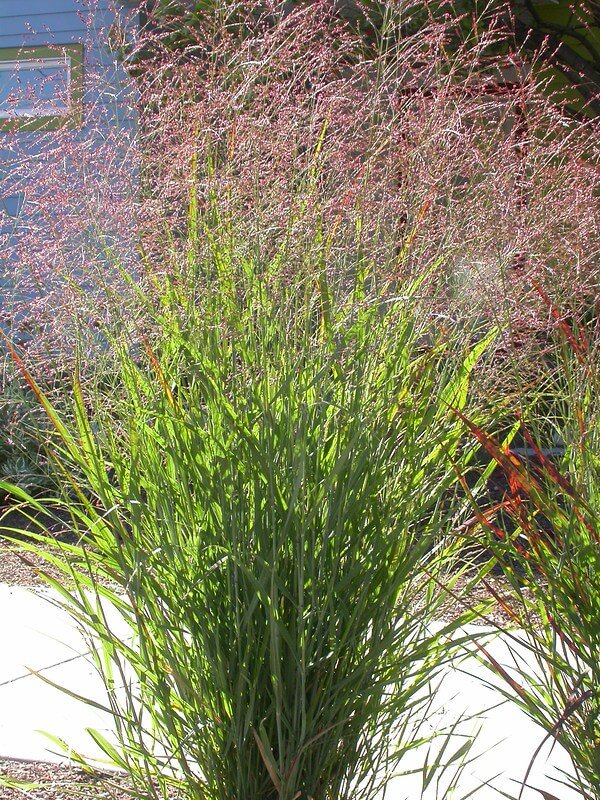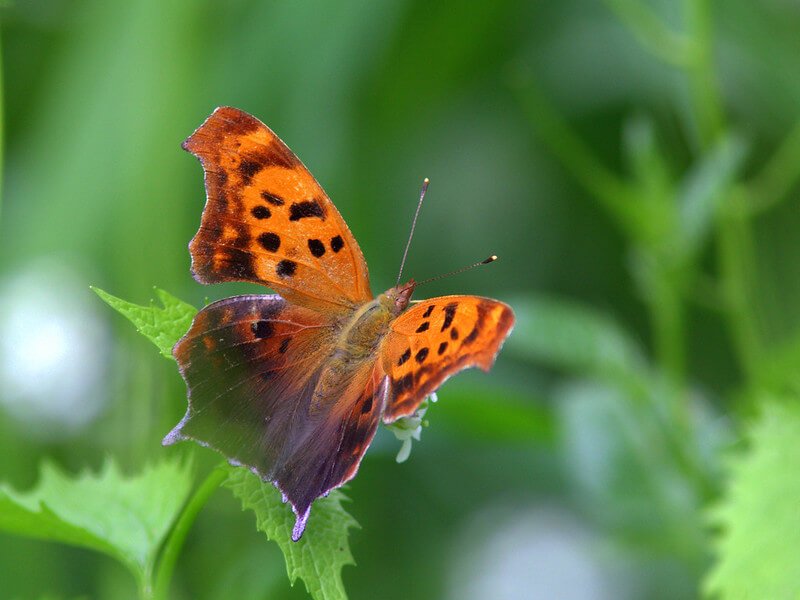 Image 1 of
Image 1 of


Tall Ironweed (Vernonia gigantea)
Tall Ironweed flowers attract a number of native bees, butterflies, and skippers. It is the host plant to the American Lady and 20 other species of butterflies and moths in our area (nwf.org)(butterfliesandmoths.org). It is also a host plant to 12 different specialist bees (Johnson and Colla, 2023)! Plus, it is just nice to see those purple flowers late in the season, especially paired with Goldenrods. Deer and other Herbivores tend to leave this plant alone due to its bitter foliage. This plant spreads by rhizomes to form clumps.
Tall Ironweed flowers attract a number of native bees, butterflies, and skippers. It is the host plant to the American Lady and 20 other species of butterflies and moths in our area (nwf.org)(butterfliesandmoths.org). It is also a host plant to 12 different specialist bees (Johnson and Colla, 2023)! Plus, it is just nice to see those purple flowers late in the season, especially paired with Goldenrods. Deer and other Herbivores tend to leave this plant alone due to its bitter foliage. This plant spreads by rhizomes to form clumps.
Tall Ironweed flowers attract a number of native bees, butterflies, and skippers. It is the host plant to the American Lady and 20 other species of butterflies and moths in our area (nwf.org)(butterfliesandmoths.org). It is also a host plant to 12 different specialist bees (Johnson and Colla, 2023)! Plus, it is just nice to see those purple flowers late in the season, especially paired with Goldenrods. Deer and other Herbivores tend to leave this plant alone due to its bitter foliage. This plant spreads by rhizomes to form clumps.
Life Cycle: Perennial
Sun Exposure: Full-Partial shade
Soil Moisture: Medium/wet – Medium
Height: 3-7 feet
Plant Spacing: 2-3 feet
Bloom Time: August-October
Bloom Color: Purple
Advantages: Caterpillar Favorite, Pollinator Favorite, Bird Favorite, Deer Resistant
Host Plant: American Lady and 20 other species of butterflies and moths use this as a caterpillar host plant in our area (nwf.org)(butterfliesandmoths.org)
Specialist Bee: Melissodes boltoniae, M. coloradensis, M.denticulatus, M.dentiventris, M. druriellus, M. illatus, M. niveus, M. subillatus, M. vernoniae, Svastra obliqua, Megachile inimica, M. xylocopoides (Johnson and Colla, 2023)
Resource: Johnson, Lorraine, and Sheila Colla. A Northern Gardener’s Guide to Native Plants and Pollinators: Creating Habitat in the Northeast, Great Lakes, and Upper Midwest. Island Press, 2023








